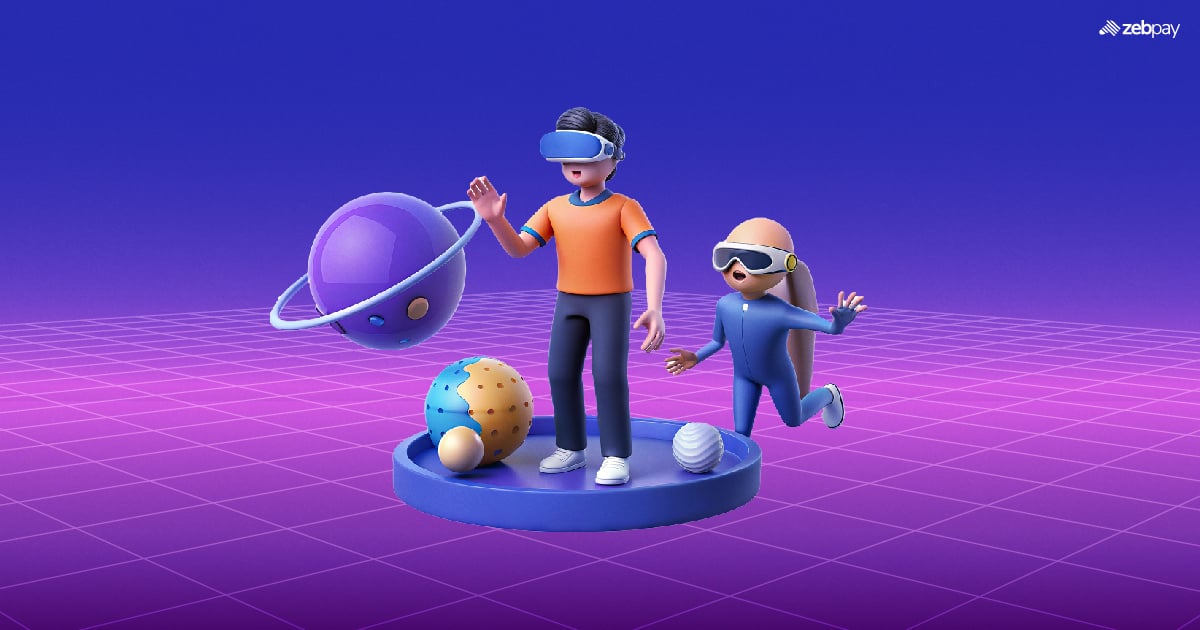The internet is undergoing a profound transformation. As traditional Web2 platforms grapple with issues of centralization, data privacy, and declining user trust, the decentralized promise of Web3 technologies emerges as a powerful counterpoint. Web3 envisions an internet owned by its participants rather than gatekeepers—a space where users can own digital assets, interact through trustless protocols, and participate directly in governance. The following five trends illustrate how Web3 innovations are reshaping online interactions, commerce, creativity, and infrastructure.
1. Social Tokens and Community-Driven Economies
Social tokens represent a new frontier in creator empowerment and community engagement. These blockchain-based assets allow content creators, influencers, and niche communities to mint their own tokens, which supporters can purchase or earn through participation. Unlike traditional platforms that monetize attention via advertising, social tokens align incentives directly between creators and followers. Owners of these tokens may receive exclusive content, voting rights on project decisions, or access to private virtual events. Platforms such as Roll, Rally, and Friends With Benefits have pioneered token-based memberships, demonstrating that community-driven economies can fuel sustained engagement and reward genuine participation.
By shifting value creation from algorithmic distribution to tokenized ownership, social tokens are redefining the relationship between creators and audiences. As this model evolves, token holders will gain governance rights over content direction, funding allocations, and platform development—blurring the line between consumer and stakeholder.
2. Web3-Powered Generative AI
Artificial intelligence is undergoing a decentralization revolution through Web3 integration. Generative AI models can now be trained, deployed, and accessed via decentralized networks, ensuring transparent data provenance and reducing reliance on centralized cloud services. Projects like Ocean Protocol facilitate secure data sharing for AI training, while decentralized oracle networks such as Chainlink deliver verifiable real-time data to smart contracts.
The confluence of Web3 and AI unlocks powerful use cases:
- Personalized on-chain experiences: Smart contracts can leverage AI to tailor rewards, recommendations, or governance proposals based on verifiable user behavior.
- Automated market making: AI-driven bots manage liquidity pools and predict market movements in decentralized exchanges.
- Dynamic NFTs: Non-fungible tokens that evolve in response to real-world or on-chain events, powered by AI-generated metadata.
As decentralized AI ecosystems mature, developers will harness open models and token-incentivized data marketplaces to build more robust, equitable, and privacy-preserving applications.
3. Sovereign Digital Identity
In a Web3 context, identity moves from siloed platforms to user-controlled wallets and verifiable credentials. Decentralized identity frameworks, based on standards like Decentralized Identifiers (DIDs) and Verifiable Credentials (VCs), empower individuals to control which personal attributes—such as age, citizenship, or professional certifications—they share. Zero-knowledge proofs enable selective disclosure: users can prove eligibility (e.g., over 21 years old) without revealing exact birthdates.
This shift transforms KYC (know-your-customer) processes in finance, simplifies access to digital services, and reduces reliance on centralized identity providers. As self-sovereign identity gains traction, users will experience seamless onboarding across Web3 applications, enhanced privacy, and fewer data breaches stemming from centralized repositories.
4. Utility-Driven NFTs and Tokenized Real-World Assets
While early NFT hype focused on digital art collectibles, the next wave emphasizes practical utility and tangible asset tokenization. In gaming, interoperable NFTs represent in-game items, characters, and land that players can trade across platforms. Blockchain-based standards such as ERC-1155 enable batch transfers and composability, fueling vibrant secondary markets.
Beyond gaming, Web3 projects are tokenizing real-world assets—ranging from fractionalized real estate to luxury goods provenance. By minting digital twins of physical items on permissionless blockchains, stakeholders benefit from immutable ownership records, programmable royalties for original issuers, and enhanced liquidity. Regulatory frameworks are rapidly evolving to accommodate these innovations, paving the way for mainstream adoption in sectors like real estate investments, supply chain traceability, and fine art markets.
5. Sustainable and Scalable Consensus Mechanisms
Environmental sustainability has become a central focus for blockchain networks. The transition from energy-intensive proof-of-work to proof-of-stake (PoS) consensus drastically reduces carbon footprints. Ethereum’s shift to PoS exemplifies this change, cutting energy consumption by over 99%. Layer-2 scaling solutions—such as rollups—further enhance throughput and lower transaction costs by processing data off-chain while retaining Ethereum’s security guarantees.
Looking ahead, novel consensus models like proof-of-history and sharded architectures aim to boost scalability without compromising decentralization or security. Blockchain projects are also integrating carbon-offset protocols and transparent reporting tools, ensuring that ecological impact is tracked on-chain. Sustainable consensus mechanisms are essential for supporting billions of users and trillions of transactions in a truly decentralized internet.
These five trends—social tokens, decentralized AI, sovereign identity, utility-driven NFTs, and sustainable consensus—collectively illustrate Web3’s potential to create a more transparent, equitable, and participatory internet. As developers, enterprises, and communities embrace these innovations, the next generation of online experiences will prioritize user ownership, privacy, and direct economic incentives. The future of the internet is not merely a technological upgrade; it is a paradigm shift that empowers individuals and redefines digital value.
